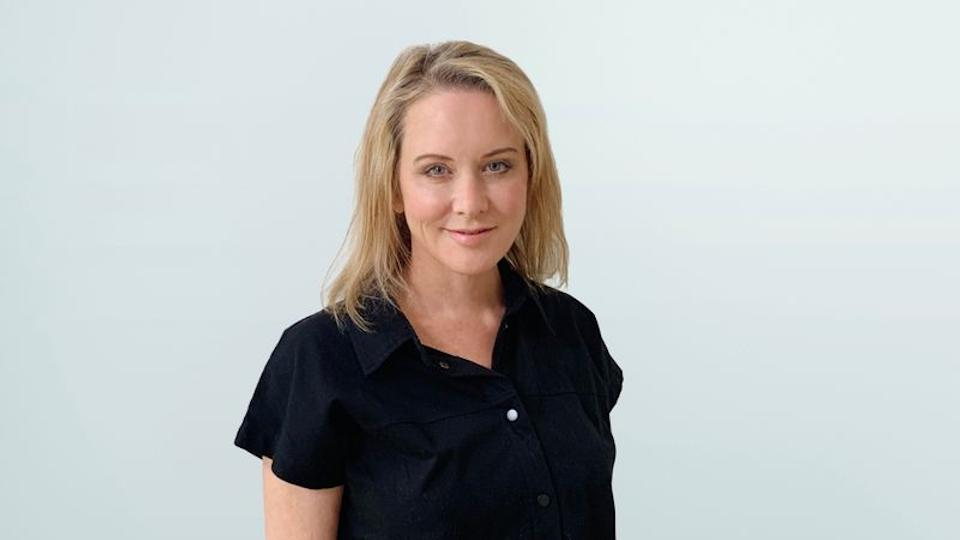Joined up thinking and innovation will boost drug development in rare diseases

Fresh thinking and greater collaboration at the European level could accelerate the much-needed development of treatments and cures for children with rare diseases.
Despite recent advances in the development of rare disease medicines, 95 per cent of the 5,000-plus distinct conditions are currently without a licenced treatment.
The European Union (EU) has been looking to tackle this lack of scientific knowledge, particularly in the paediatric population, for some time.
But frameworks and incentives designed to help can often clash with each other, and there are now fresh opportunities to overcome the challenges of developing drugs for this small cohort who come with increased ethical considerations, according to a paper published in Clinical Therapeutics.
The authors of Orphan Medicines for Pediatric Use: A Focus on the European Union, said: “To date, medical and scientific knowledge of rare diseases remains limited…
“Affected individuals face a number of challenges, including delays and errors in diagnosis, a lack of clinical expertise, and limited information and support, all of which considerably affects their lives, and their families or caregivers.”
Defining and addressing orphan status
In the EU, a condition is defined as rare, or an orphan disease, if it is either life-threatening or chronically debilitating and affects fewer than five in 10,000 people. NICE takes that one step further by classifying any condition affecting fewer than one in 50,000 people as an “ultra-orphan disease”.
“Such low prevalence, together with the limited available scientific knowledge, explains the challenges sponsors face when developing orphan medicines,” said the paper, highlighting a lack of relevant endpoints, the limited sample size and the costly process.
Two separate pieces of EU legislation, designed to accelerate the development of orphan drugs and paediatric medications respectively, have led to an increase in available medicines and an expansion of the knowledge base.
However, more needs to be done to help developers navigate the requirements of the Committee for Orphan Medicinal Products (COMP), a framework for designation and incentives set up under the Orphan Regulation of 1999, and the Paediatric Committee (PDCO). Established under 2007’s Paediatric Regulation, the PCDO offers incentives and rewards to developers who can demonstrate their medicine satisfies a number of requirements, including meeting the needs of all age groups of children, through a paediatric investigation plan (PIP).
But despite having similar aims, each committee operates under separate governance.
Separate governance
“The evaluation of applications for orphan designation is under the responsibility of the COMP, whereas the PDCO is responsible for supporting the development of paediatric medicines by providing scientific expertise and defining paediatric needs.
“Although both committees consider products in their early phases of development, they have different remits,” said the paper.
It means that developers need to carefully schedule their interactions with both committees during the development process which is often “resource intensive” for companies and the committees themselves. The same is true of the scientific advice, or protocol assistance, another incentive available through the frameworks.
Aligning procedures, then, would help remove development delays, said the authors, adding that a “collaborative approach allows both regulations to work synergistically and “fosters pharmaceutical development for childhood rare diseases”.
Evidence-based fresh thinking
Of course, developing a new orphan compound for paediatric use poses developers with scientific, operational, regulatory and ethical challenges.
“The paediatric population is heterogeneous, with five defined age groups… Each age group requires their own studies to understand drug disposition across the paediatric age continuum for the design and implementation of an optimal drug regimen to treat the disease.
“Secondly, challenges arise when conducting a paediatric clinical trial, particularly regarding globally dispersed patient recruitment and retention, which are even more important if the indication is targeting a rare disease in a small patient population.”
The ethical component is also important, said the paper, as large numbers of orphan indications are genetic and fatal within the first few years of life.
“If the treatment is not studied in this population, it will never be authorised because the patients will not be available to test its safety and efficacy,” said the authors.
It means that alternatives to randomised controlled trials (RTCs) must be considered, the article argues, pointing to initiatives such as the International Rare Diseases Research Consortium’s Small Population Clinical Trials (SPCT) Task Force.
While RTCs are still considered the gold standard, the SPCT recommends that regulators and developers, among other things, systematically consider alternative trial design options, combine different sources of safety data to give a fuller picture of a therapy's safety profile and consider multi-arm trials. Drug manufacturers should also perform trials via international networks and seek input from multiple regulatory agencies early on in clinical development, the task force believes.
The wide-scale acceptance of these and other innovative approaches to building the evidence base, such as modelling, simulation and extrapolation, could help accelerate development and ensure new drugs get to the people who need them as sooner rather than later.
Time to do more
Ultimately, more can be done to address the demand for drugs that treat rare childhood conditions, said the authors, adding that industry was “responding to the challenge”.
“The implementation of both the Paediatric Regulation and the Orphan Regulation can be further improved in the near term, through pragmatic changes and collaborative research programs,” they said, adding there was many “opportunities to help optimise orphan paediatric medicines development, improve PIP efficiency, and avoid duplication of studies and unnecessary trials in children”.
Multi-stakeholder discussions on how to better identify unmet paediatric needs and improve integrated scientific and regulatory dialogue, were already underway, they said.
“This will speed up the drug development process and, ultimately, the availability of medicines for children, to support the aim that the best way to bolster outcomes and protect children is through research, not from research,” concluded the paper.
- To read the full article, click here https://www.clinicaltherapeutics.com/article/S0149-2918(19)30502-8/fulltext#.XcLjy8agEPI.twitter











